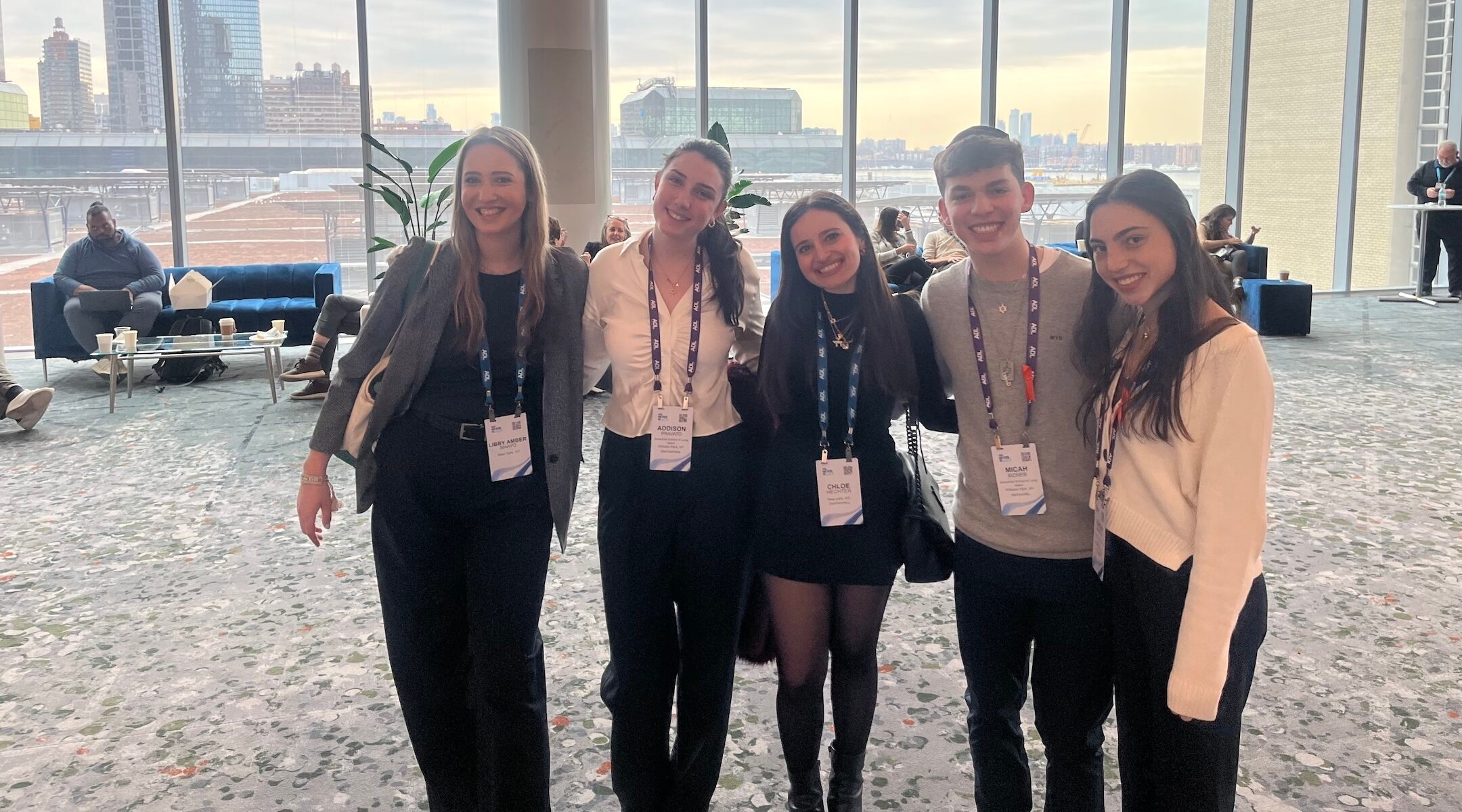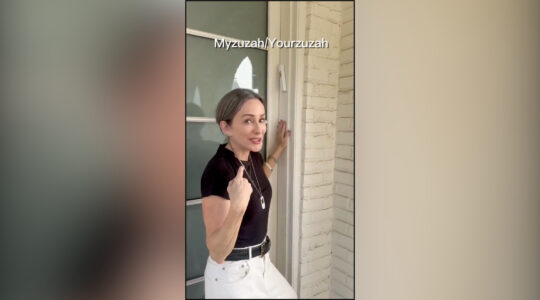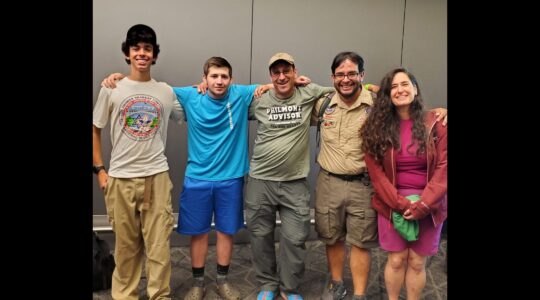This article was produced as part of JTA’s Teen Journalism Fellowship, a program that works with Jewish teens around the world to report on issues that affect their lives.
Over the last year and a half, with antisemitism on the rise and a barrage of Israel-Hamas war images in her social media accounts, Lily Temkin frequently found herself looking for support from her fellow classmates at her West Hartford, Connecticut, private school. But too often she did not get what she felt she needed as a Jewish teen.
“Rather than showing their support and care during these troubling times, they would turn down conversation whenever I would bring it up,” Temkin said.
After spending two days at the Anti-Defamation League’s annual conference this week in New York City, Temkin said she was taking away a lesson about how to have a different experience in the future, including next year when she enrolls at the University of Connecticut.
“The biggest takeaway from the conference was to use my voice to make change,” she said. “Rather than shying away from those difficult conversations, I should instead spark them with the hopes of creating important dialogue and education.”
It was the kind of reaction that ADL officials were hoping for when they invited 800 teens to the conference, titled “Never is Now” and held at the Javits Center in Manhattan. Some came with their Jewish schools, while others attended through a range of youth groups.
All were eager for a retreat from 17 months of tension around antisemitism, including in some of their schools; protests on college campuses, which are coloring their future plans; and a punishing experience on social media, where fighting about Israel can be a pastime for some.
“It feels like every day there’s a new headline, a new incident, a new reason to feel unsafe,” said Aviva Wolf, a high school junior from Roslyn, New York. “Being here, surrounded by people who understand, gives me hope that we’re not alone in this fight.”
Many of the teens were looking to learn how to combat hate and antisemitism wherever it may present itself. The high school track on Tuesday provided teens with a platform to engage in discussions, learn from experts, and gain practical tools to navigate and combat antisemitism in their schools and communities.
“The program helped provide me with the tools I need to thrive and advocate for myself and for Israel,” said Addison Provato, a senior from Long Island. “I feel more prepared for what I might encounter in college and more equipped to push back against hate.”
The students got to meet Jewish influencers, such as Melinda Strauss and Libby Amber Shayo, who posts comedy videos on TikTok. They also attended workshops about how to advocate against antisemitism on college campuses and heard from student leaders at multiple universities.
“I hope my experiences help students navigate the college experience through a Jewish lens and understand the nuances of being Jewish on campus in this age,” Barri Seitz, a sophomore at the University of Texas at Austin who helped found Longhorn Students for Israel, which she said was the first student-led pro-Israel organization on her campus.
For Josh Jurmann, a junior at the Schechter School of Long Island, one of the most striking takeaways didn’t have to do with other students he might interact with, but about how he and his classmates themselves contribute to a climate that can be uncomfortable for Jews.
“We learned about the ‘Jew jokes’ we make and how that’s actually a reflection of internalized antisemitism,” Jurmann said. “It really made me think differently about how I speak about my own identity.”
For many of the teens, the conference offered a rare opportunity to encounter others in a similar position. “I never realized how many other teens care about these issues as much as I do,” Provato said. “It made me feel less alone and more hopeful that we really can make a difference together.”
JTA has documented Jewish history in real-time for over a century. Keep our journalism strong by joining us in supporting independent, award-winning reporting.





